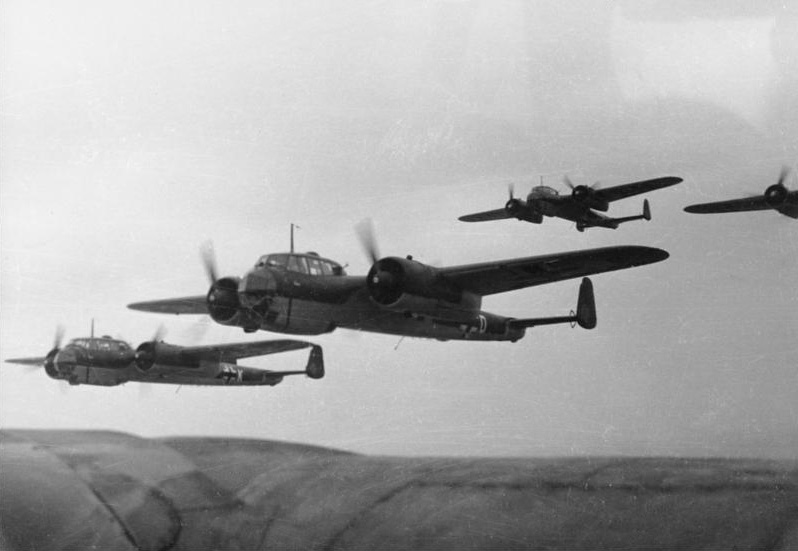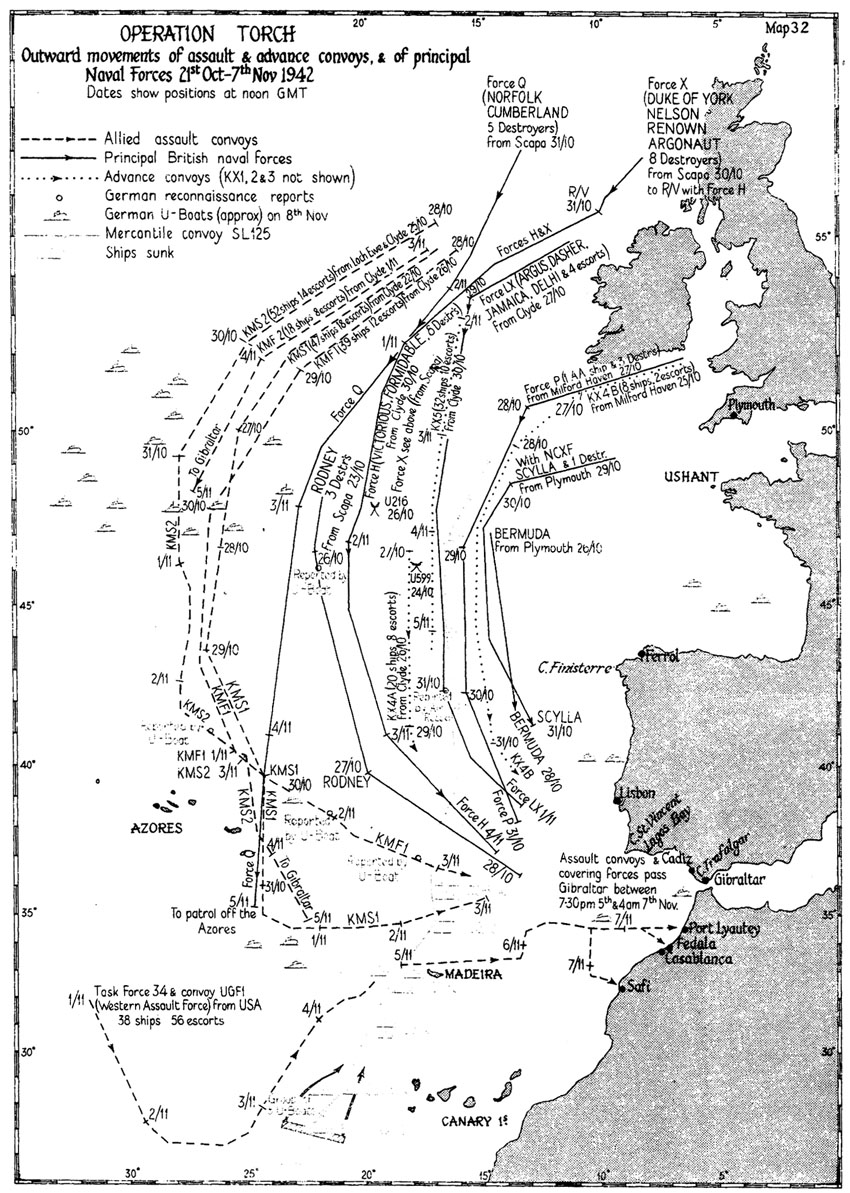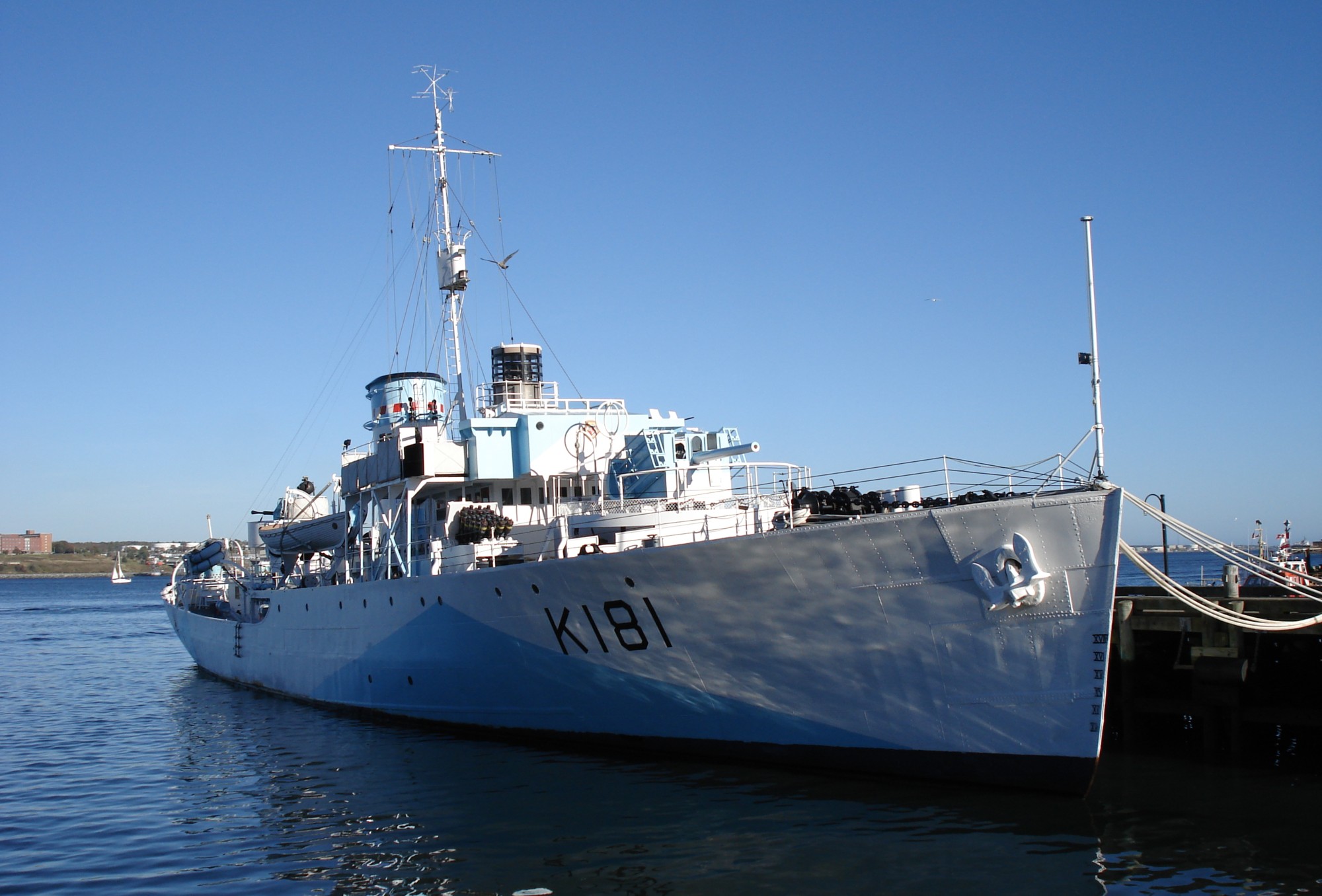|
HMCS Calgary (K231)
HMCS ''Calgary'' was a Royal Canadian Navy revised which took part in convoy escort duties during the Second World War. She fought primarily in the Battle of the Atlantic. She was named for Calgary, Alberta. Background Flower-class corvettes like ''Calgary'' serving with the Royal Canadian Navy during the Second World War were different from earlier and more traditional sail-driven corvettes. The "corvette" designation was created by the French as a class of small warships; the Royal Navy borrowed the term for a period but discontinued its use in 1877. During the hurried preparations for war in the late 1930s, Winston Churchill reactivated the corvette class, needing a name for smaller ships used in an escort capacity, in this case based on a whaling ship design. The generic name "flower" was used to designate the class of these ships, which – in the Royal Navy – were named after flowering plants. Corvettes commissioned by the Royal Canadian Navy during the Second World ... [...More Info...] [...Related Items...] OR: [Wikipedia] [Google] [Baidu] |
Calgary
Calgary ( ) is the largest city in the western Canadian province of Alberta and the largest metro area of the three Prairie Provinces. As of 2021, the city proper had a population of 1,306,784 and a metropolitan population of 1,481,806, making it the third-largest city and fifth-largest metropolitan area in Canada. Calgary is situated at the confluence of the Bow River and the Elbow River in the south of the province, in the transitional area between the Rocky Mountain Foothills and the Canadian Prairies, about east of the front ranges of the Canadian Rockies, roughly south of the provincial capital of Edmonton and approximately north of the Canada–United States border. The city anchors the south end of the Statistics Canada-defined urban area, the Calgary–Edmonton Corridor. Calgary's economy includes activity in the energy, financial services, film and television, transportation and logistics, technology, manufacturing, aerospace, health and wellness, reta ... [...More Info...] [...Related Items...] OR: [Wikipedia] [Google] [Baidu] |
Cardiff
Cardiff (; cy, Caerdydd ) is the capital city, capital and List of urban areas in the United Kingdom, largest city of Wales. It forms a Principal areas of Wales, principal area, officially known as the City and County of Cardiff ( cy, Dinas a Sir Caerdydd, links=no), and the city is the List of cities in the United Kingdom, eleventh-largest in the United Kingdom. Located in the South East Wales, south-east of Wales and in the Cardiff Capital Region, Cardiff is the county town of the Historic counties of Wales, historic county of Glamorgan and in 1974–1996 of South Glamorgan. It belongs to the Eurocities network of the largest European cities. A small town until the early 19th century, its prominence as a port for coal when mining began in the region helped its expansion. In 1905, it was ranked as a city and in 1955 proclaimed capital of Wales. Cardiff Urban Area, Cardiff Built-up Area covers a larger area outside the county boundary, including the towns of Dinas Powys and Pena ... [...More Info...] [...Related Items...] OR: [Wikipedia] [Google] [Baidu] |
Junkers Ju 87
The Junkers Ju 87 or Stuka (from ''Sturzkampfflugzeug'', "dive bomber") was a German dive bomber and ground-attack aircraft. Designed by Hermann Pohlmann, it first flew in 1935. The Ju 87 made its combat debut in 1937 with the Luftwaffe's Condor Legion during the Spanish Civil War of 1936–1939 and served the Axis in World War II from beginning to end (1939–1945). The aircraft is easily recognisable by its inverted gull wings and fixed spatted undercarriage. Upon the leading edges of its faired main gear legs were mounted ram-air sirens known as ', which became a propaganda symbol of German air power and of the so-called ''Blitzkrieg'' victories of 1939–1942, as well as providing Stuka pilots with audible feedback as to speed. The Stuka's design included several innovations, including automatic pull-up dive brakes under both wings to ensure that the aircraft recovered from its attack dive even if the pilot blacked out from the high g-forces. The Ju 87 operated with c ... [...More Info...] [...Related Items...] OR: [Wikipedia] [Google] [Baidu] |
Dornier Do 217
The Dornier Do 217 was a bomber used by the Nazi Germany, German ''Luftwaffe'' during World War II as a more powerful development of the Dornier Do 17, known as the ''Fliegender Bleistift'' (German: "flying pencil"). Designed in 1937 and 1938 as a heavy bomber but not meant to be capable of the longer-range missions envisioned for the larger Heinkel He 177, the Do 217's design was refined during 1939 and production began in late 1940. It entered service in early 1941 and by the beginning of 1942 was available in significant numbers. The Dornier Do 217 had a much larger bomb load capacity and had much greater range than the Do 17. In later variants, dive bomber, dive bombing and maritime strike capabilities using glide bombs were experimented with considerable success being achieved. Early Do 217 variants were more powerful than the contemporary Heinkel He 111 and Junkers Ju 88, having a greater speed, range and bomb load. Owing to this it was called a heavy bomber rather than a me ... [...More Info...] [...Related Items...] OR: [Wikipedia] [Google] [Baidu] |
Cape Ortegal
Ortegal is a ''comarca'' in the north of the Galician Province of A Coruña, Spain. It borders the Atlantic Ocean and the Cantabrian Sea to the north, the Province of Lugo to the east, the comarca of O Eume to the south, and comarca of Ferrol Ferrol may refer to: Places * Ferrol (comarca), a coastal region in A Coruña, Galicia, Spain * Ferrol, Spain, industrial city and naval station in Galicia, Spain ** Racing de Ferrol, an association football club * Ferrol, Romblon, municipality in ... to the west. It covers an area of 394.3 sq.km, which accounts for 1.33% of all the land area in Galicia. The overall population of this region was 13,916 at the 2011 census; the latest official estimate (as at the start of 2018) was 12,238.Estimate at 1 January 2018: Instituto Nacional de Estadística, Madrid. Municipalities The comarca comprises the following four municipalities: References {{coord, 43, 41, 35, N, 7, 50, 39, W, type:adm3rd_source:kolossus-cawiki, display=title ... [...More Info...] [...Related Items...] OR: [Wikipedia] [Google] [Baidu] |
Western Approaches Command
Commander-in-Chief, Western Approaches was the commander of a major operational command of the Royal Navy during World War II. The admiral commanding, and his forces, sometimes informally known as 'Western Approaches Command,' were responsible for the safety of British shipping in the Western Approaches. History Admiral Martin Dunbar-Nasmith, who had been Commander-in-Chief, Plymouth, also took over responsibility for the Western Approaches from the start of World War II. After the fall of France in June 1940, the main North Atlantic convoy routes were diverted around the north of Ireland through the north-western approaches.History of Derby House (Western Approaches Museum) accessed 1 May 2017 By late 1940, the location of the Combined Operations headquarters at Plymouth was increasingly awkwa ... [...More Info...] [...Related Items...] OR: [Wikipedia] [Google] [Baidu] |
United Kingdom
The United Kingdom of Great Britain and Northern Ireland, commonly known as the United Kingdom (UK) or Britain, is a country in Europe, off the north-western coast of the European mainland, continental mainland. It comprises England, Scotland, Wales and Northern Ireland. The United Kingdom includes the island of Great Britain, the north-eastern part of the island of Ireland, and many List of islands of the United Kingdom, smaller islands within the British Isles. Northern Ireland shares Republic of Ireland–United Kingdom border, a land border with the Republic of Ireland; otherwise, the United Kingdom is surrounded by the Atlantic Ocean, the North Sea, the English Channel, the Celtic Sea and the Irish Sea. The total area of the United Kingdom is , with an estimated 2020 population of more than 67 million people. The United Kingdom has evolved from a series of annexations, unions and separations of constituent countries over several hundred years. The Treaty of Union between ... [...More Info...] [...Related Items...] OR: [Wikipedia] [Google] [Baidu] |
French North Africa
French North Africa (french: Afrique du Nord française, sometimes abbreviated to ANF) is the term often applied to the territories controlled by France in the North African Maghreb during the colonial era, namely Algeria, Morocco and Tunisia. In contrast to French West Africa and French Equatorial Africa which existed as federations of French colonies and administrative entities in their own right, French North Africa was never more than a term of convenience to refer to the three separately governed territories under different forms of colonial regime. In the 19th century, the decline of the Ottoman Empire, which had loosely controlled the area since the 16th century, left the region vulnerable to other forces. In 1830, French troops captured Algiers and from 1848 until independence in 1962, France treated Algeria as an integral part of France, the ''Métropole'' or metropolitan France. In subsequent decades, a substantial European settler population emerged in Algeria k ... [...More Info...] [...Related Items...] OR: [Wikipedia] [Google] [Baidu] |
Operation Torch
Operation Torch (8 November 1942 – 16 November 1942) was an Allied invasion of French North Africa during the Second World War. Torch was a compromise operation that met the British objective of securing victory in North Africa while allowing American armed forces the opportunity to engage in the fight against Nazi Germany on a limited scale. It was the first mass involvement of US troops in the European–North African Theatre, and saw the first major airborne assault carried out by the United States. While the French colonies were formally aligned with Germany via Vichy France, the loyalties of the population were mixed. Reports indicated that they might support the Allies. American General Dwight D. Eisenhower, supreme commander of the Allied forces in Mediterranean Theater of Operations, planned a three-pronged attack on Casablanca (Western), Oran (Center) and Algiers (Eastern), then a rapid move on Tunis to catch Axis forces (Afrika Korps) in North Africa from the ... [...More Info...] [...Related Items...] OR: [Wikipedia] [Google] [Baidu] |
Sable Island
Sable Island (french: île de Sable, literally "island of sand") is a small Canadian island situated southeast of Halifax, Nova Scotia, and about southeast of the closest point of mainland Nova Scotia in the North Atlantic Ocean. The island is staffed year round by three federal government staff, rising during summer months when research projects and tourism increase. Notable for its role in early Canadian history and the Sable Island horse, the island is protected and managed by Parks Canada, which must grant permission prior to any visit. Sable Island is part of District 7 of the Halifax Regional Municipality in Nova Scotia. The island is also a protected National Park Reserve and an Important Bird Area. History Early history The expedition of Portuguese explorer João Álvares Fagundes explored this region in 1520–1521 and they were among the first Europeans to encounter the island. It is likely that he named the island "Fagunda" after himself. An island called ''Fa ... [...More Info...] [...Related Items...] OR: [Wikipedia] [Google] [Baidu] |
Western Local Escort Force
Western Local Escort Force (WLEF) referred to the organization of anti-submarine escorts for World War II trade convoys from North American port cities to the Western Ocean Meeting Point (WOMP or WESTOMP) near Newfoundland where ships of the Mid-Ocean Escort Force (MOEF) assumed responsibility for safely delivering the convoys to the British Isles.Morison (1975) p. 319 Background On the basis of experience during World War I, the Admiralty instituted trade convoys in United Kingdom coastal waters from September 1939. Convoys gradually extended westward until HX 129 left Halifax, Nova Scotia on 27 May 1941 as the first convoy to receive escort for the entire trip from Canada. The American Neutrality Zone offered some protection in North American coastal waters until United States declaration of war in December 1941. Organization The Royal Canadian Navy organized the Halifax-based Western Local Escort Force in February 1942 as German U-boats began patrolling North American coasta ... [...More Info...] [...Related Items...] OR: [Wikipedia] [Google] [Baidu] |




.jpg)

_p0187_SABLE_ISLAND.jpg)
